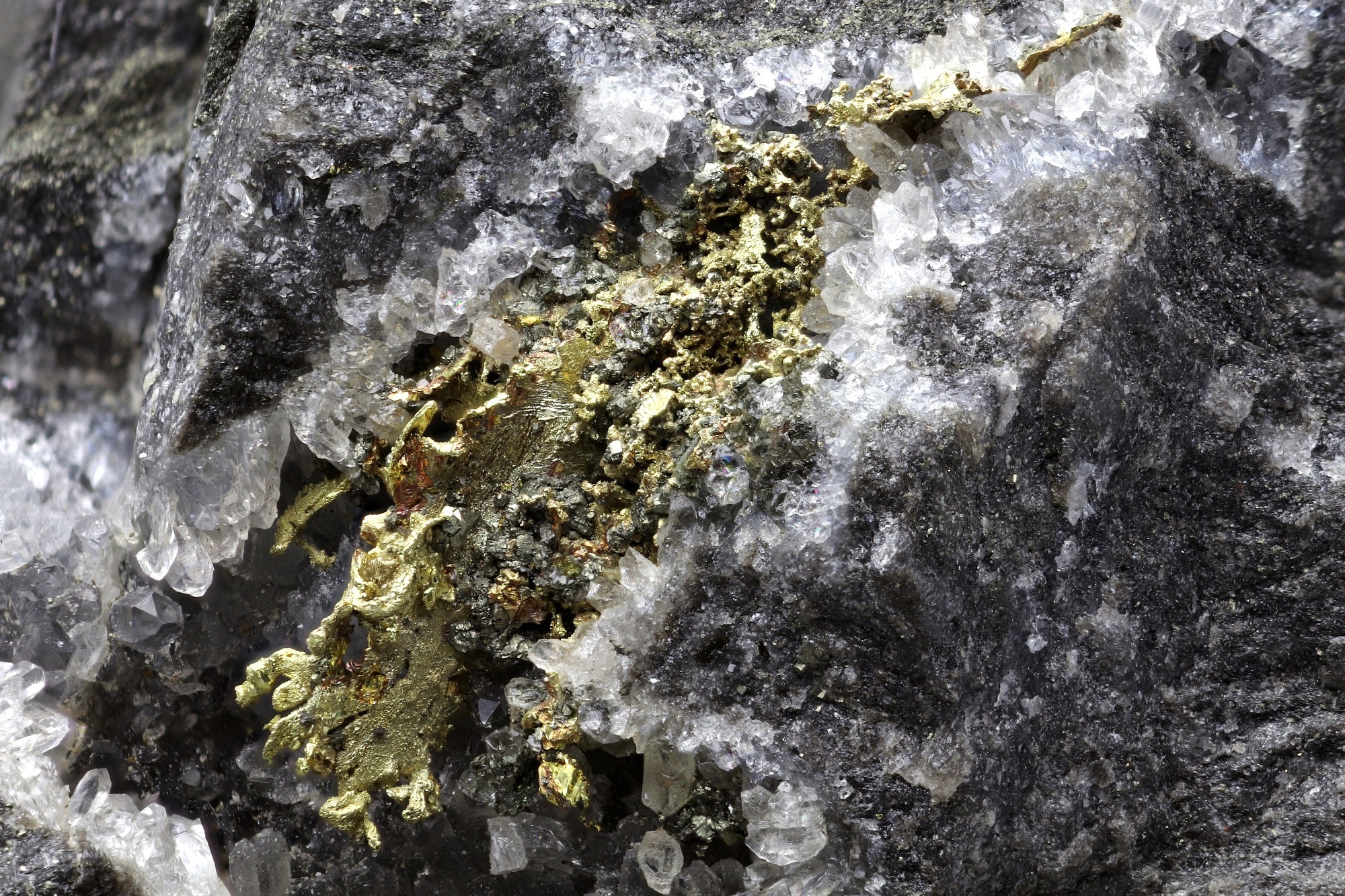Researchers have unveiled a hybrid fuzzy decision-making model that ranks the sustainability of Egyptian gold mines with unprecedented accuracy, highlighting key environmental and social drivers. The research has been published in Scientific Reports.

Image Credit: Bjoern Wylezich/Shutterstock.com
The new study presents a comprehensive and robust framework for evaluating the sustainability performance of mines, facilitating informed decision-making for future investments and operational improvements. It focuses explicitly on gold mining operations in Egypt, a region where sustainable mining practices are still developing.
Background: Sustainable Mining
The background of this study underscores the global and regional significance of sustainable mining, particularly in light of growing environmental scrutiny and increasing social responsibility commitments.
The mining sector faces multilevel conflicts among economic, environmental, and social objectives. Traditional evaluation methods often fall short in capturing the complex and multifaceted nature of sustainable mining operations.
The literature reveals a growing interest in multi-criteria decision-making (MCDM) tools, particularly fuzzy logic-based approaches that address uncertainties inherent in expert judgments and environmental data.
Specifically, the SWOT analysis framework is recognized for categorizing internal and external factors that impact mine performance. This classification is subdivided into four dimensions: strengths, weaknesses, opportunities, and threats, which collectively provide a structured view of the factors influencing sustainable mining.
Previous studies have employed fuzzy decision models in this context, but largely lack integration with objective weighting techniques and comprehensive ranking systems suitable for the intricacies of mining sustainability assessment.
The regional focus highlights the scarcity of tailored models for Egyptian gold mining operations, revealing a significant gap in the literature and practical evaluation tools suitable for the local context.
The Hybrid Multi-Criteria Decision-Making (MCDM) Framework
The methodological backbone of this research is the development of a hybrid multi-criteria decision-making (MCDM) framework that integrates several advanced techniques to comprehensively evaluate the sustainability of gold mines.
Central to this approach is the Spherical Fuzzy Sets (SFSs) environment, which offers enhanced flexibility in handling uncertainty, hesitation, and subjectivity in expert assessments compared to traditional fuzzy models.
The framework begins by structuring the evaluation criteria based on a SWOT analysis, which involves 37 criteria distributed across the four SWOT dimensions: strengths, weaknesses, opportunities, and threats. Experts contributed assessments of these criteria, with their judgments expressed using linguistic terms mapped onto spherical fuzzy numbers, capturing uncertainty explicitly.
The objective weighting of the criteria is achieved through the SF-CRITIC method, which considers the variability and correlation among evaluation indicators, providing a data-driven basis for assigning importance weights without relying on subjective judgment.
Subsequently, the Grey Relational Analysis (GRA) method, adapted within the spherical fuzzy environment (SF-GRA), ranks the mining alternatives by measuring their closeness to an ideal solution. These techniques synergize to yield an interpretable and reliable assessment, striking a balance between expert judgment and quantitative data.
The framework’s robustness is tested through sensitivity analyses, varying parameters such as weight scenarios and the Grey relational coefficient, to ensure stability and consistency.
A comparative analysis against 10 other SFS-based decision methods further validates the approach’s effectiveness. This structured methodology enables a comprehensive evaluation, incorporating uncertainty management, objective weighting, and transparent ranking, and is explicitly tailored to the mining sector’s needs.
The Results of the Study
Applying this hybrid framework to 20 gold mines in Egypt revealed significant insights into their relative sustainability performance.
The results consistently identified GME20 as the top-ranking green mine, showcasing exemplary adherence to environmental, social, and economic criteria.
Conversely, GME5 ranked lowest, highlighting specific weaknesses, such as inadequate land reclamation and higher emissions, that require operational attention.
The sensitivity analysis, which introduced variations into the Grey relational coefficient and weight scenarios, demonstrated the stability of the rankings, confirming the model’s robustness against fluctuations in data and parameters.
The comparative analysis with other SFS-based decision methods yielded high Spearman correlation coefficients, indicating that the proposed framework produces consistent and reliable rankings.
The analysis revealed critical sustainability drivers, notably the adoption of renewable energy sources and land reclamation efforts, which have a significant influence on overall performance.
The findings emphasize that mines with proactive environmental measures and community engagement score better, though trade-offs with economic growth remain evident.
The discussion correlates these results with broader industry challenges, pointing out that integrating environmental and social considerations into operational decisions can enhance long-term viability. The model’s ability to quantify and balance these conflicting factors ensures that sustainable development goals are appropriately reflected in strategic mine planning.
The Future of Sustainability Assessments in Gold Mining
The study successfully develops and validates a comprehensive, fuzzy-based decision-making framework tailored specifically for assessing the sustainability of green gold mines in Egypt.
By integrating SWOT analysis with advanced fuzzy techniques, such as SF-CRITIC and SF-GRA, the model effectively captures expert judgment uncertainties and objectivity in criteria weighting.
The findings advocate for more sustainable mine management strategies, emphasizing the importance of environmental stewardship, social responsibility, and technological innovation.
Future research directions include incorporating dynamic operational data, expanding criteria sets, and exploring real-time decision support systems to enhance sustainable mining practices further.
Overall, this research contributes meaningfully to the advancement of sustainable mining, fostering a balance between economic development and ecological integrity through scientific rigor and innovative decision-making tools.
Click here to download a free PDF copy of this page
Journal Reference
Sayed E., Ali A.M., et al. (2025). A robust framework for evaluating green mines towards sustainable development. Scientific Reports 15, 37739. DOI: 10.1038/s41598-025-21237-6, https://www.nature.com/articles/s41598-025-21237-6